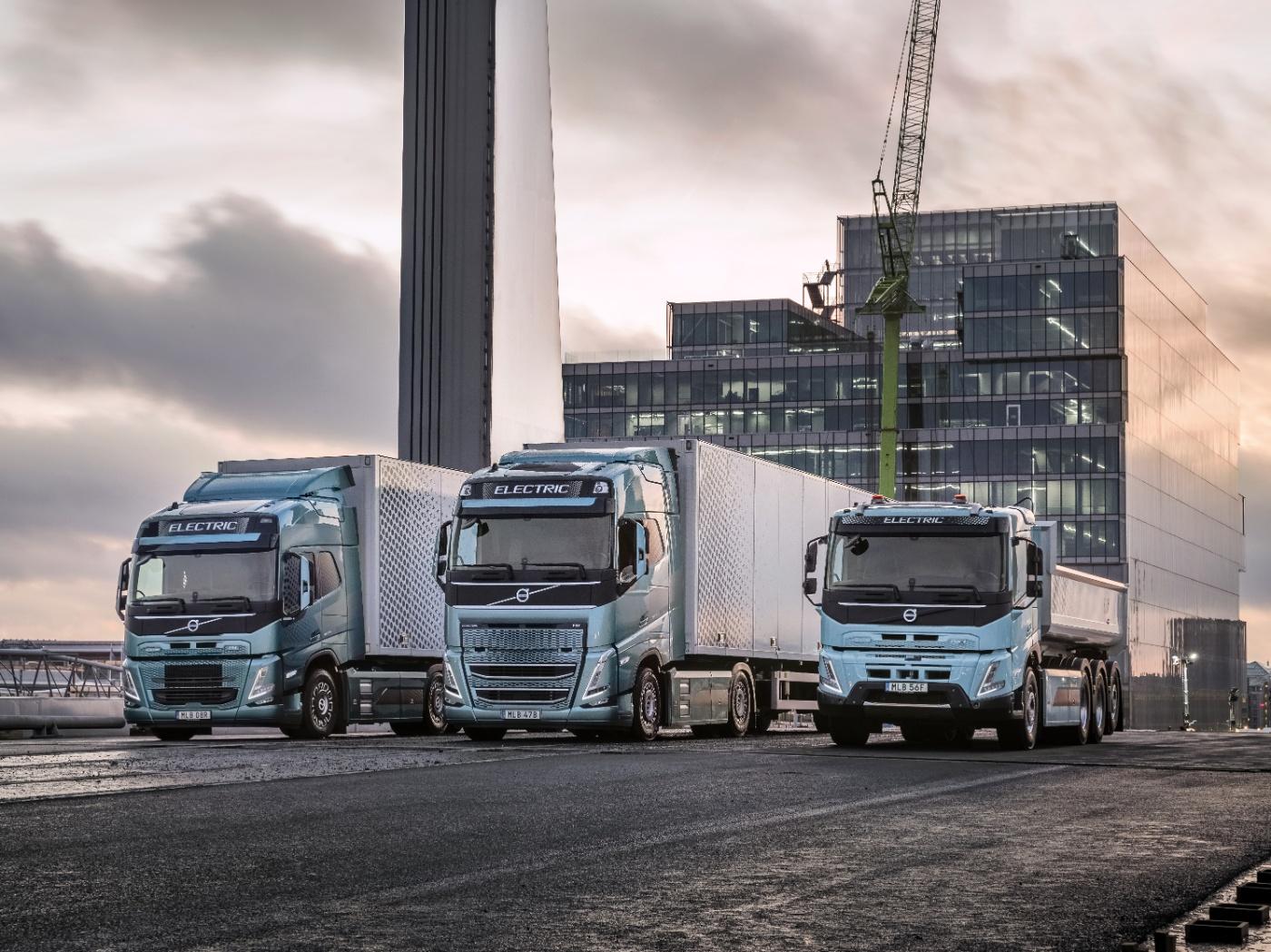
News
Highlights of the IAA TRANSPORTATION 2022: Truck manufacturers
Photo: Iveco
Climate-friendly and efficient – commercial vehicles of the future
Commercial vehicle manufacturers will show how short- and long-distance transport of the future will work in an ecologically and economically sound way. They will answer the question of the best source of energy for goods transport in the future, and along with the latest vehicle developments, they will also focus on the fueling and charging infrastructure.
DAF Trucks
An innovation named XD
After the DAF presented the XF, XG, and XG+ long-distance trucks last year, the manufacturer has more innovations in store at this upcoming IAA TRANSPORTATION. The highlight is called XD, and is a brand new generation of mid-sized distribution and industry trucks. The XD was developed based on the XF, XG, and XG+, and so its cabin will also benefit from the new European weight and dimension regulations. DAF seeks to set the bar with regard to security, efficiency, and driver comfort. Production is planned to start in autumn of this year.
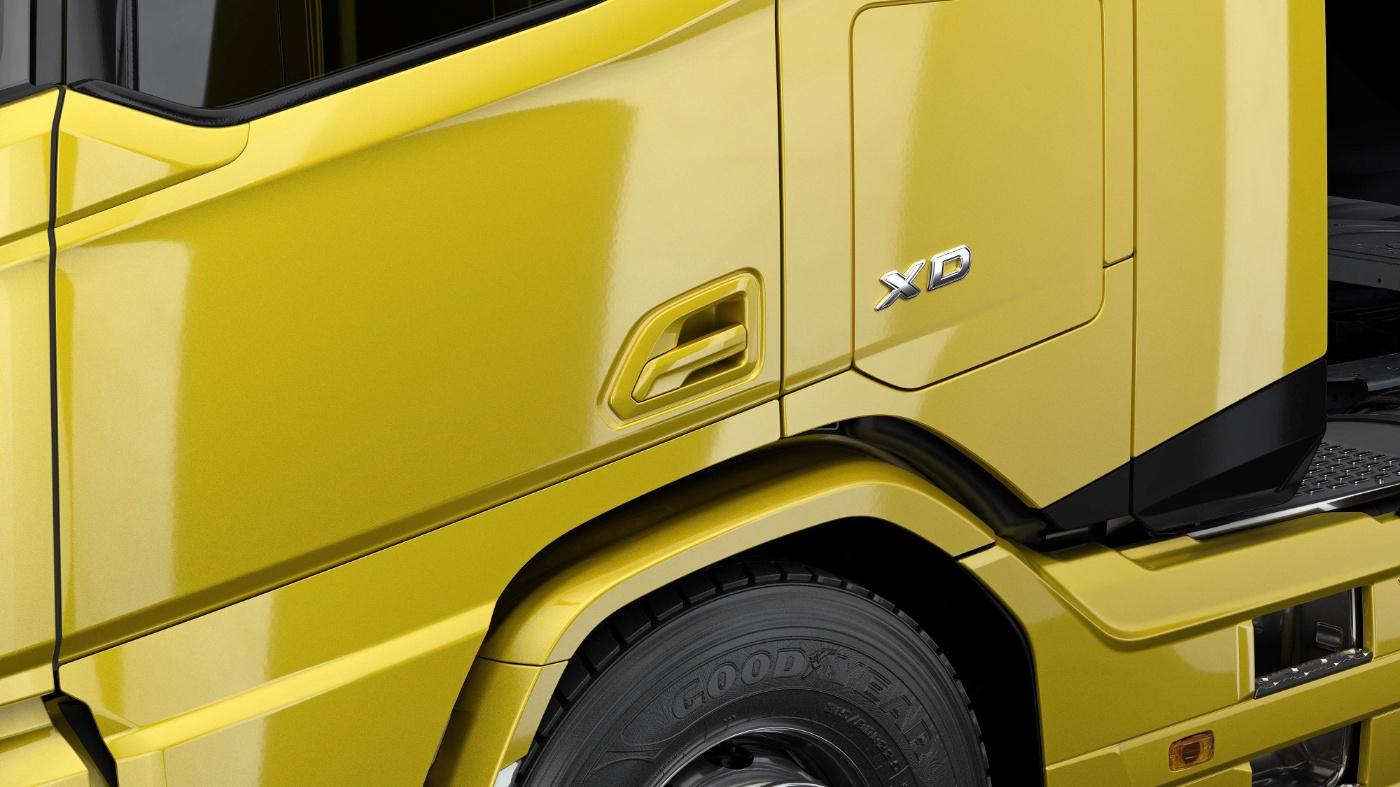
Daimler Truck
Electric truck eActros LongHaul for long-distance transport
Electric battery-powered long-distance truck eActros LongHaul is Mercedes-Benz Trucks’ highlight at this year’s IAA TRANSPORTATION. The first prototypes are already being heavily tested, and the eActros LongHaul will also be tested on public roads this year. Serial test prototypes are expected for release to customers in 2023, and serial production is supposed to be ready in 2024. The truck’s battery is supposed to give it coverage of up to about 310 miles, and megawatt charging will be possible. The batteries can be charged from 20 to 80 percent in well under 30 minutes at a megawatt charging station. The high coverage facilitated by a battery charge, coupled with megawatt charging, facilitates total coverage in line with conventional trucks, meaning that two-shift operation is possible. In addition to the eActros LongHaul, Mercedes-Benz Trucks will present other battery-powered truck innovations at IAA.
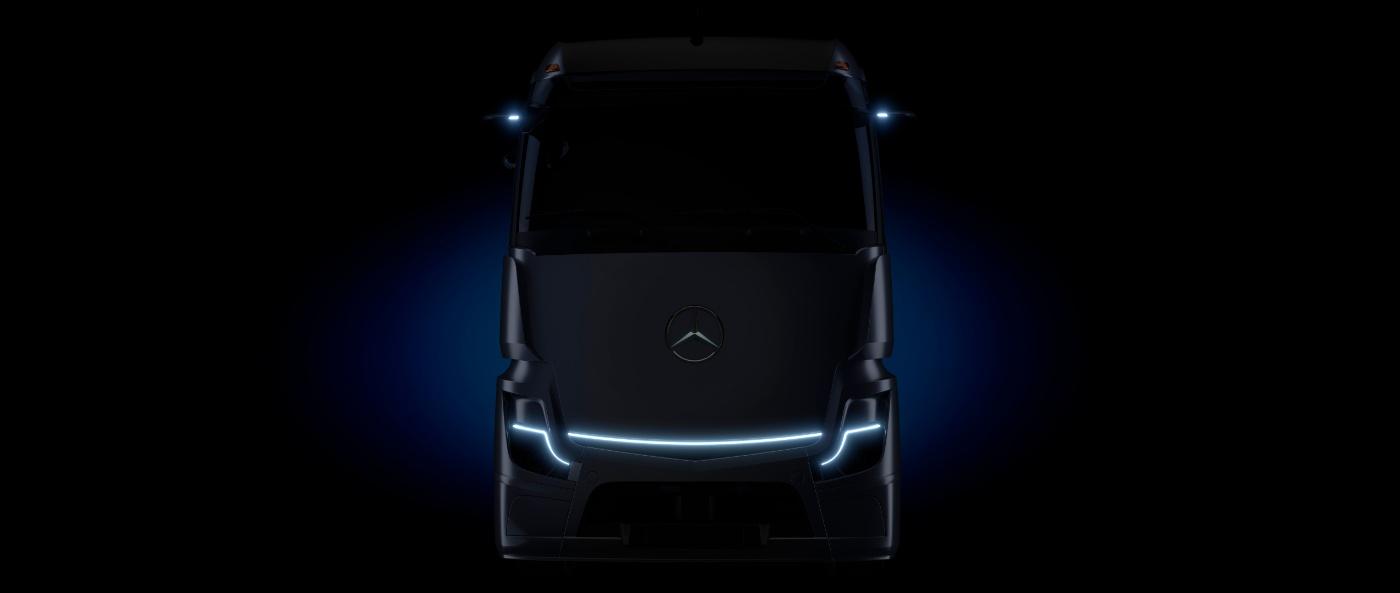
Ford Trucks
Ford Trucks’ path toward zero emissions
At IAA TRANSPORTATION, Ford Trucks will present the international award-wining F-MAX, with exciting new functions and specifications, as well as a roadmap for CO2-neutral transport solutions. Interconnected mobility technology will also be shown that gives Ford Trucks customers more comfort and efficiency. The fully automated driving technology “Level 4 Highway Pilot” developed by Ford Trucks engineers makes it possible to travel between H2H (hub-to-hub) logistics centers on auto-pilot. Then there is the “Remote Driving Technology” that lets the driver take the wheel from a distance when needed. It’s plain to see that Ford Trucks will also master automatic reverse parking on a slope.
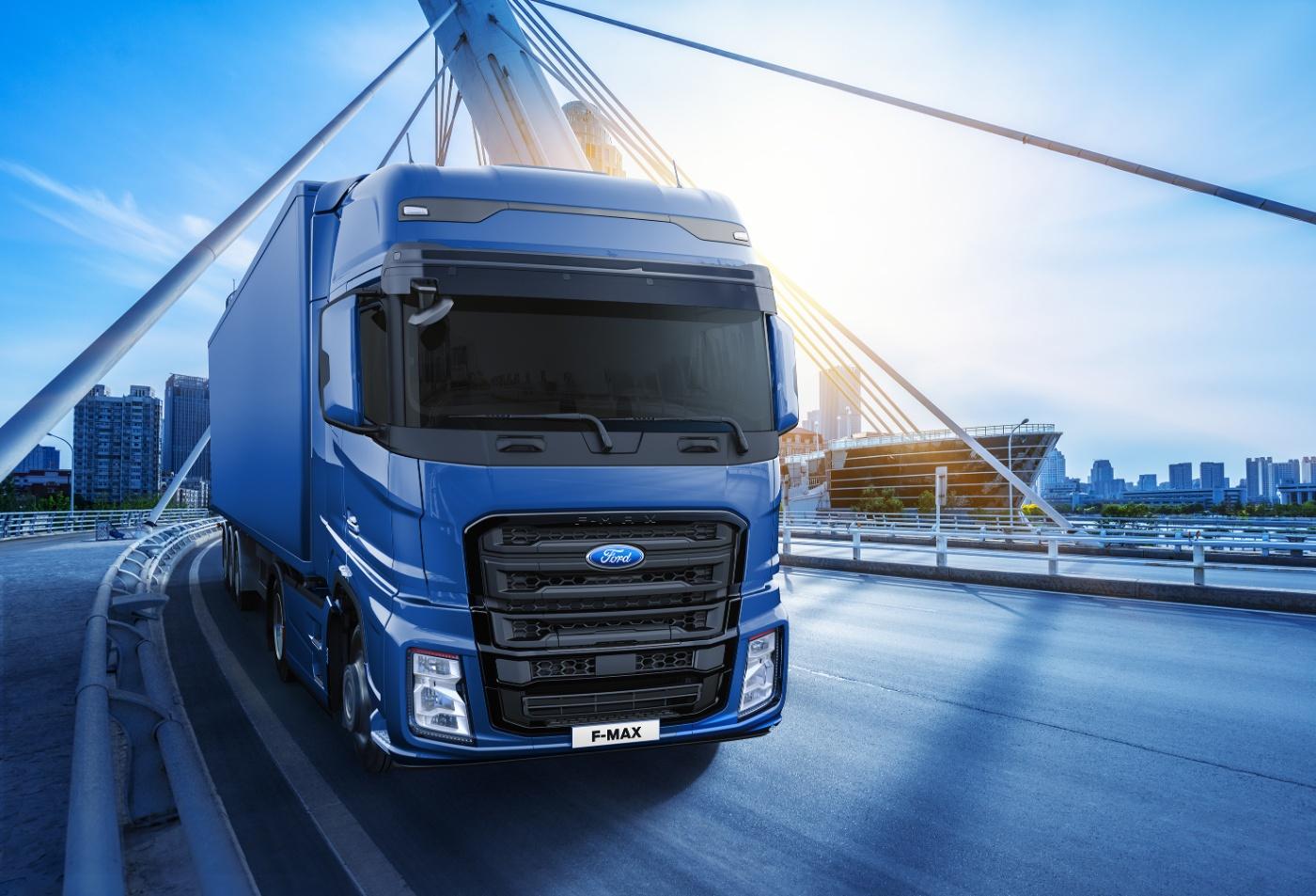
IAV Future Truck
IAV offers solutions for electrified, hydrogen-based commercial vehicle applications
CO2 emissions for new trucks in the EU are supposed to sink by 30 percent by 2030. Hydrogen engines – both with fuel cells and with H2 combustion engines – are possible alternatives for heavy-duty commercial vehicles in particular, whereas light commercial vehicles can already be powered with electricity. Due to changing focus points for development, system competency, development processes, and a broad delivery spectrum are crucial for giving customers tailor-made solutions. The starting point is the modular e-building block “Elcty” for commercial vehicle applications: IAV and its partners have developed a modular parts set for electrifying existing and new vehicles based on IAV’S development processes for e-cars. The product is ready for serial production and will soon be integrated into customers’ cars. “Elcty” proves that IAV has mastered every step of product development. The “IAV Elcty” will be used as a shuttle during IAA TRANSPORTATION. As a tech solution provider, IAV works with customers to implement custom-made, uniform, and CO2-friendly system solutions for commercial vehicle applications for international markets.
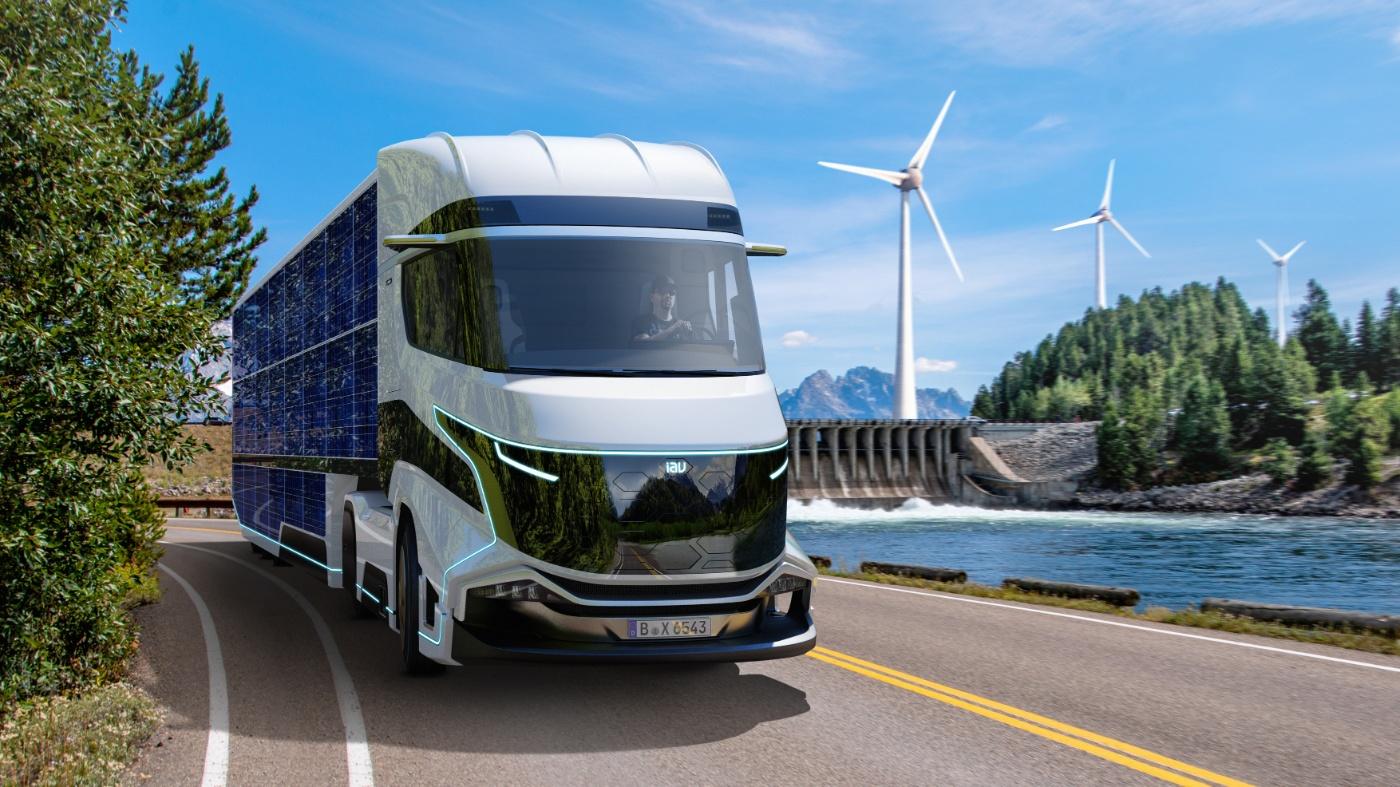
IVECO
Tre in the spotlight
Hydrogen will be a primary focus for this Italian company at IAA TRANSPORTATION. The biggest draw for customers will, without a doubt, be the Tre co-developed by Nikola. Not only will the variant with battery-powered engine and European 4x2 concept be presented, but also the 6x2 with a fuel cell. Serial production at the plant in Ulm is planned for late 2023. Planned coverage: about 500 miles. Iveco will also use hydrogen in the combustion engine, and the upcoming new version of the Cursor-13 engine from Fiat Powertrain Technologies (FPT) will be able to run on diesel, methane, and hydrogen. There’s little that can be said about the third piece of H2 news, except that Iveco and Hyundai recently agreed to work together to work with hydrogen, with emphasis on light to mid-sized commercial vehicles.
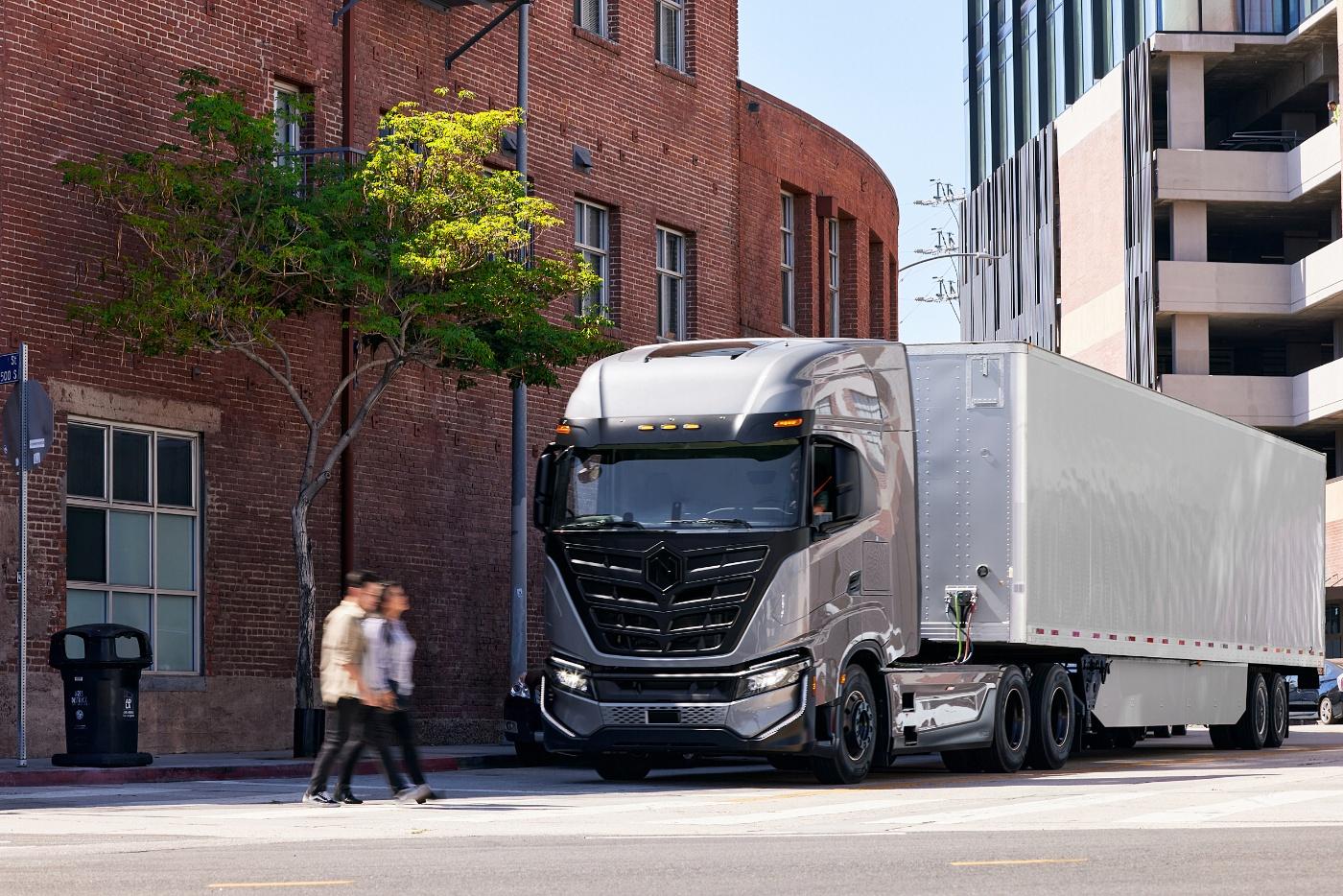
MAN Truck & Bus
MAN eTruck as prototype for high-volume truck
MAN Truck & Bus will debut its close-to-production prototype of the new, high-volume truck, which will become available on the market as early as 2024. What makes this innovative powerhouse so special is its readiness for future megawatt charging: High charging output with short charging times make the new eTruck compatible with heavy-duty, long-distance transport with daily coverage between 370 and 500 miles, or even up to 620 miles in the future. Coupled with low operating costs and the best energy footprint, the battery-powered vehicles offer the most suitable technology for future CO2-free commercial vehicle fleets. The CO2-free long-distance transport of cooled foodstuffs; low-nose, exhaust-free urban waste disposal; and fully electric transport of materials to building sites, will also be possible. Together with all-round consultation on electro-mobility and the charging infrastructure, MAN makes it easier for transport companies to switch over to CO2-free engines.
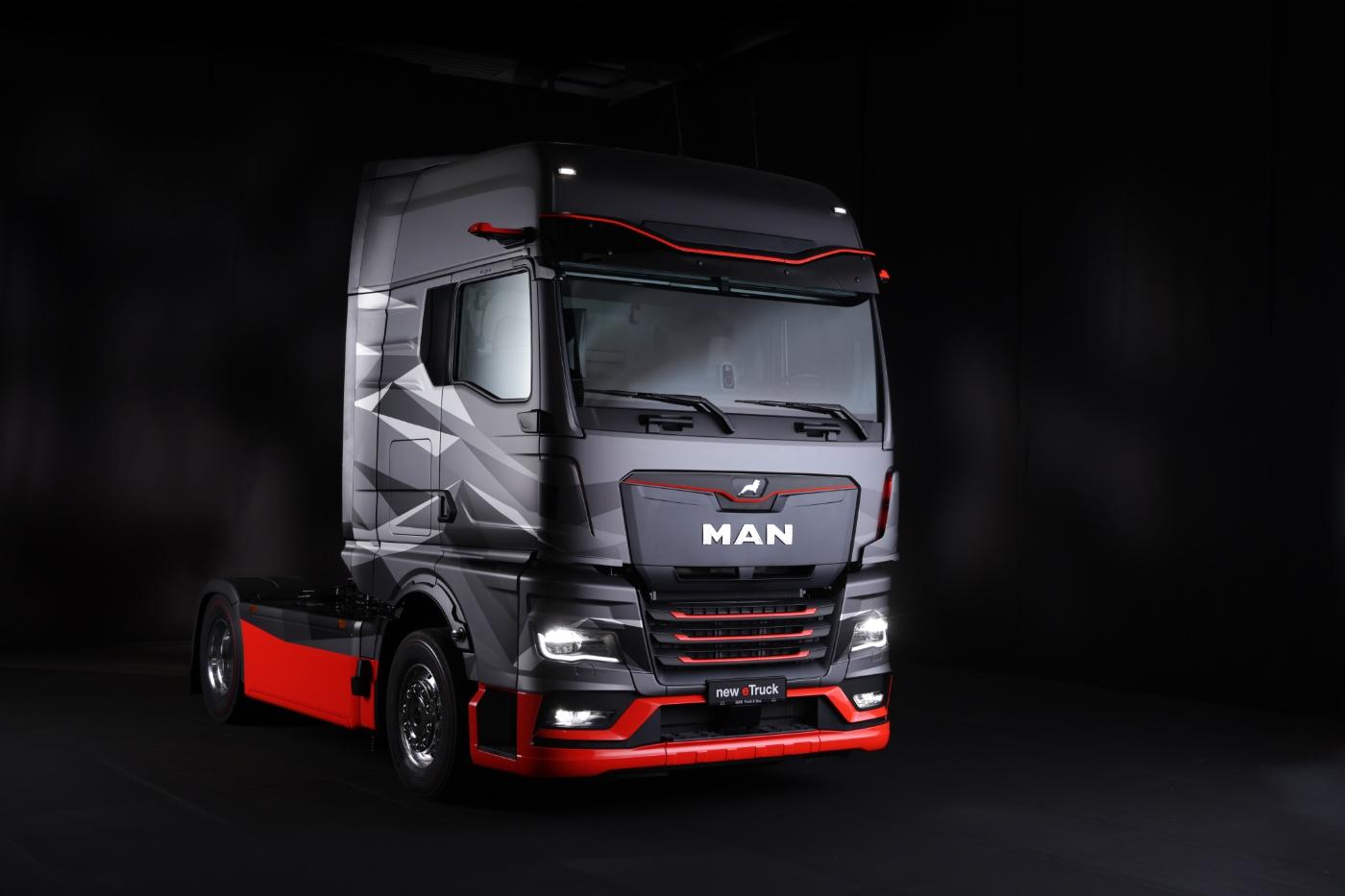
QUANTRON
QUANTRON H2 FCEV Heavy Truck
At IAA TRANSPORTATION, QUANTRON will present two new heavy-duty vehicles: a hydrogen-powered FCEV Truck for long distances in Europe, and the fully electric QUANTRON QHM BEV 50-392. The FCEV Heavy-Duty EU Truck was developed as part of a strategic partnership with the world’s leading expert in hydrogen, Ballard Power Systems, and will receive the integrated e-axle of a globally leading manufacturer of engine systems. The FCEV Truck will be available as of Q2 2023, while the fully electric QUANTRON QHM BEV 50-392 (based on the MAN TG3 (TGS & TGX)) is already available for order, and is ideal for plant and distribution transport due to its low-noise and emission-free engine. It can cover up to 217 miles with a high-voltage battery of up to 392 kWh, and can be charged with output of up to 350 kW. Quantron AG, specialist in the sustainable transport of goods and people, will provide its customers with individual battery- and hydrogen-electric mobility solutions.
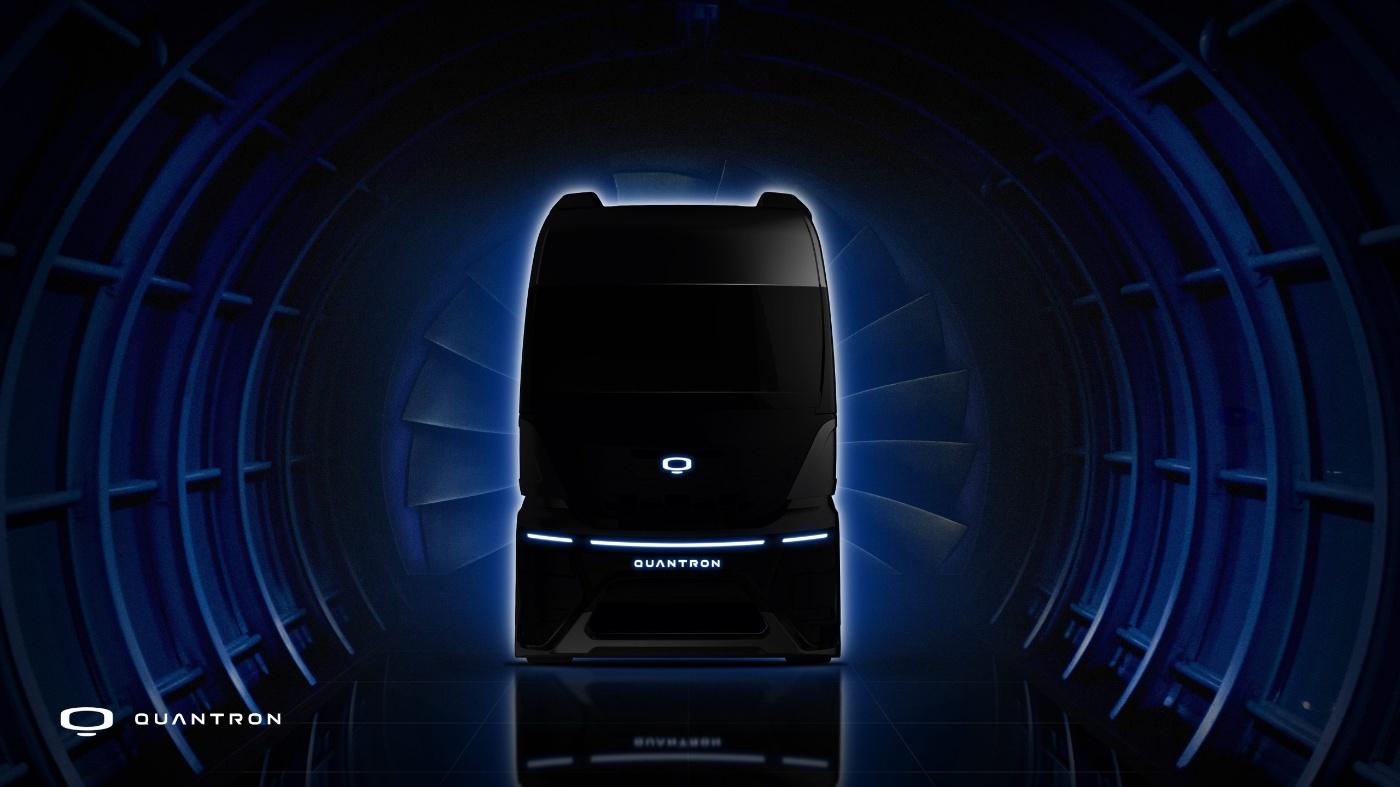
Scania
Flagship: The new, heavy-duty truck
Scania will also be presenting battery-powered engines, with the flagship product being the new, heavy-duty electric truck with R- and S-cab for regional use. It is available as a 4x2 tractor unit and 6x2*4 frame, equipped with batteries of up to 624 kWh. The charge lasts for a maximum of 375 kWh, and ideally the battery can be filled up within an hour at a charging station so that the truck can go another 170 to 185 miles. The Swedish manufacturer estimates continuous output of 410 kW. Production is scheduled for the first quarter of 2023. Scania doesn’t want to stop with e-trucks, but the current diesel engine power trains with newly constructed, 13-liter diesel engine are already known for their efficiency. According to the manufacturer, fuel savings of up to 8 percent are possible – and of course this will be proudly discussed in Hanover.
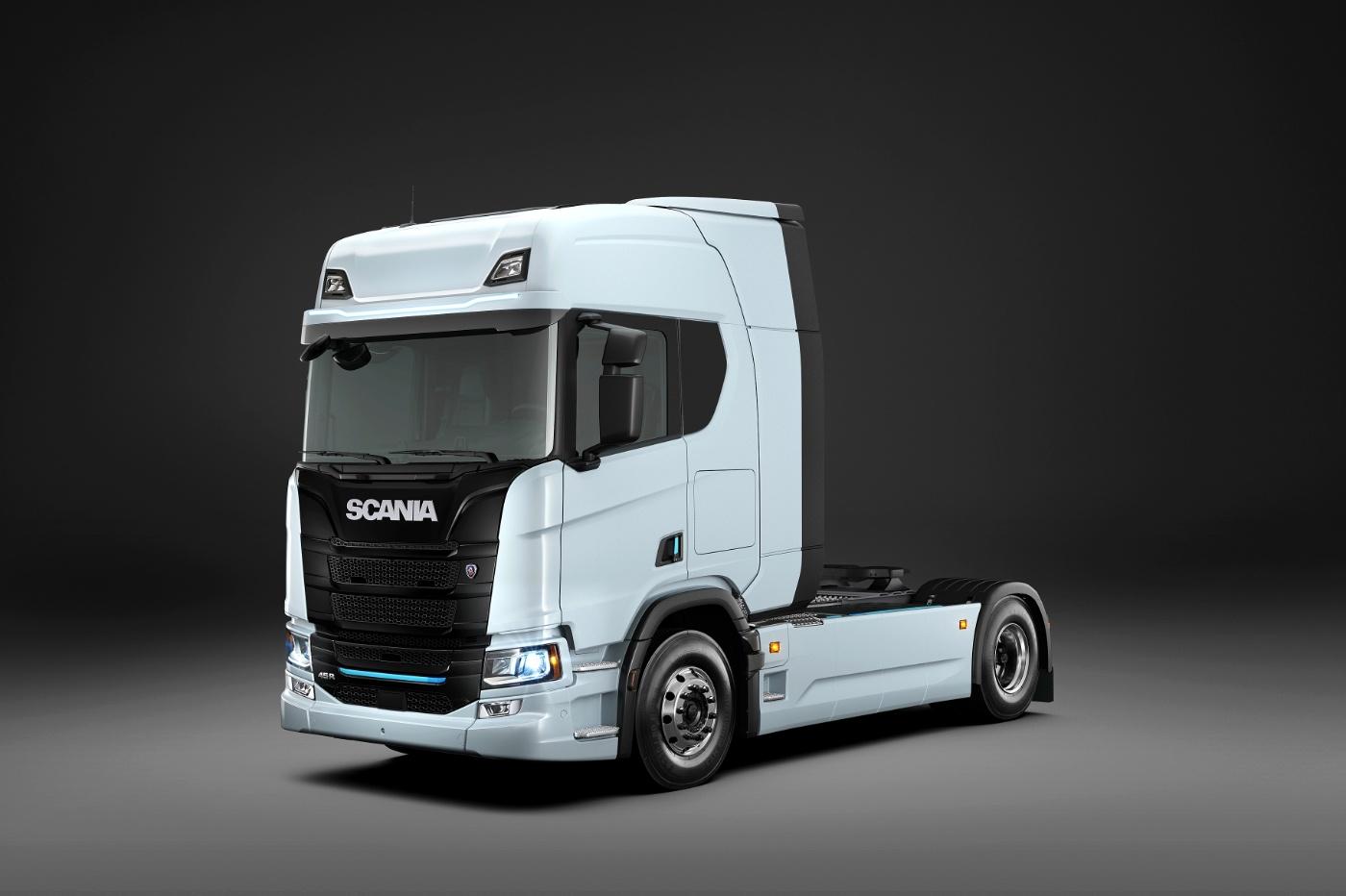
Volvo Trucks
Zero emissions, zero accidents
This is the direction Volvo Trucks wants to go, and will be discussing that further at IAA TRANSPORTATION. Three heavy-duty and two mid-sized battery-powered trucks will be in the spotlight, including FM, FMX, and FH Electric. The tractor engines will begin production this year, with the frames following in 2023. Three electric motors are used for the e-trucks, coupled with I-shift gearboxes with a new switching layout designed for the electric engine. The combined output is supposed to reach up to 490 kW. When it comes to auxiliary drive, the Swedish company also offers three options – 40 kW (electric), 70 kW (electro-mechanical), and 150 kW (gearbox). The rechargeable lithium-ion batteries can ideally hold up to 540 kWh in six units, which should be enough to cover up to 185 miles. The trucks can also be powered with alternating current as well as direct current of 250 kW. When it comes to vehicle safety, Volvo Trucks will present a system that helps the driver detect pedestrians and cyclists using double radar and a camera.
